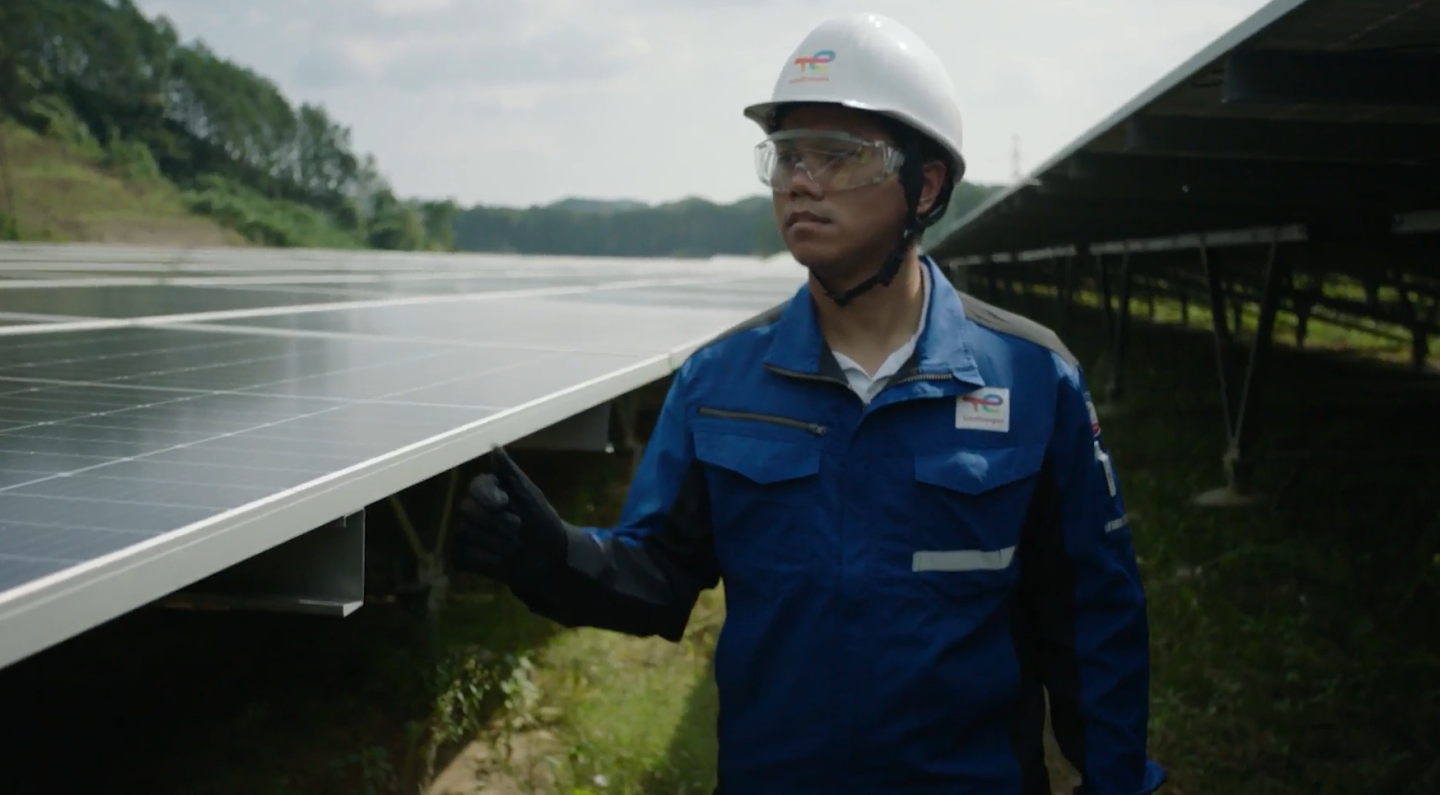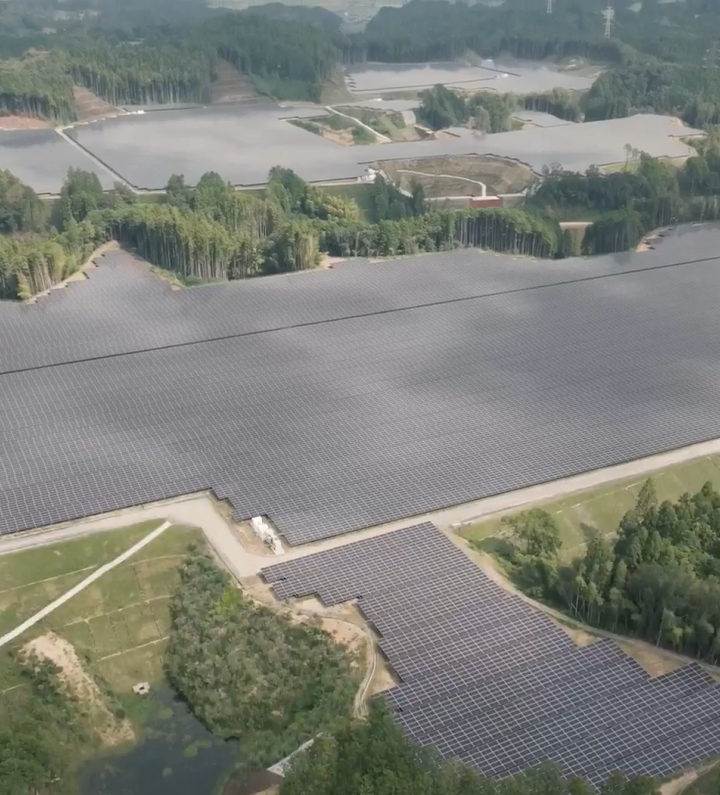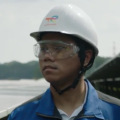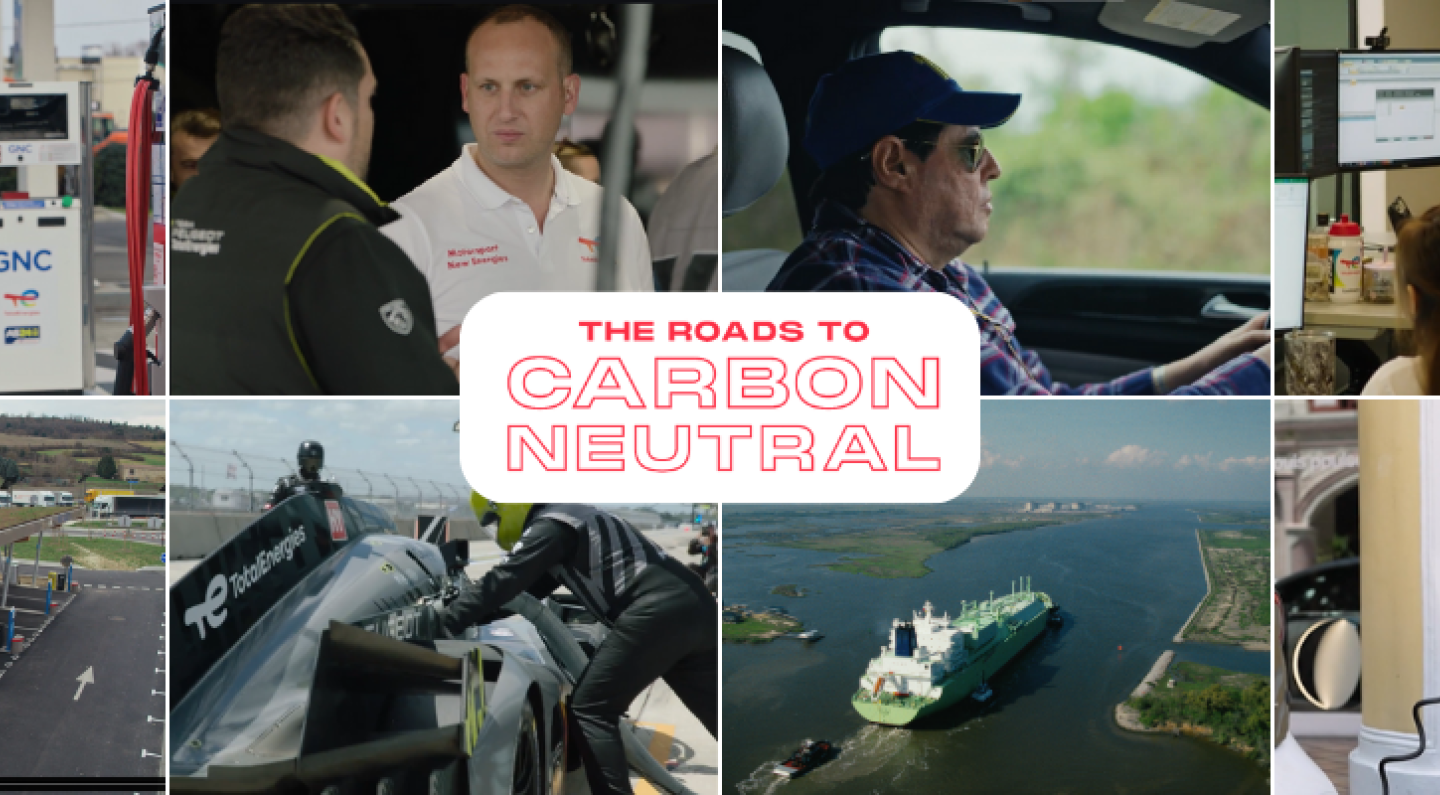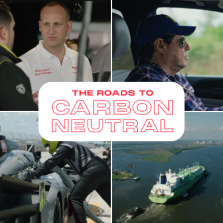The Roads to Carbon Neutral – Episode 8 – Land of the Renewable Sun
The Roads to Carbon Neutral - Episode 8
Land of the Renewable Sun
The Roads to Carbon Neutral
The third season of The Roads to Carbon Neutral program, in partnership with CNBC Catalyst, shares an inspiring and optimistic view of TotalEnergies’ role in our sustainable future globally through powerful, human-led and on-the-ground stories.
Throughout the series' eight episodes, discover the solutions and innovations making the transition to low-carbon energy a reality and helping us achieve a carbon-neutral future.
For this eighth and final episode of the season, we are heading to Japan and the Haze solar power plant commissioned by TotalEnergies and its partners Suzuka Group and Tohoku Electric in 2023. With Hafiz Zul, find out how we are involved in developing renewable energies while taking action to protect biodiversity in the Land of the Rising Sun.
Japan is often thought of in two different ways. As a country that has great respect for nature. And as a great metropolis with world-beating technological innovation. These two realities have coexisted in Japan. Such industrial ingenuity has come with a large carbon footprint, so the Japanese government has an ambitious plan to be a net zero carbon country by 2050. With technology and nature working together, we can keep our city alive and preserve our unique natural scenery.
I have been exploring and camping throughout Japan since I came here ten years ago. Forests cover over two-thirds of Japan’s land, but in the Mie region you could feel it was even higher. Moving here, it struck me how the Japanese view nature as an integral part of their lives. There’s great respect for rivers, mountains, and trees. The sun has had great value culturally, and now in the country’s power generation too.
In partnership with Suzuka and Tohoku Electric Power, the Haze Project construction started in 2019 and then we started commercial operation in February 2023. We installed around 100,000 solar panels into 77 hectares of the mountain area. Being on top of a mountain allows us to obtain more solar radiation, and as a result, we have been able to install 51 MW solar modules. We have been able to supply 20,000 households with that electricity.
The other day, a tree on this slope fell, causing this damage. This area often gets typhoons with wind speeds of up to 25 m/s. The Haze power plant was designed to withstand earthquakes, typhoons, and winds up to 34 m/s, so you’ll be fine. Rainfall here can get very heavy. So, drainage is important for the site, but also for the surrounding areas. Controlled water retention means local farmland isn’t deluged by water running down hills.
As well as keeping local communities in mind, there is rich biodiversity to be preserved. During construction, we planned to avoid the grey-faced buzzard nests so that the nesting season would not be impacted. That’s right. A lot of wetland animals and plants were identified in this construction area, so we created a new wetland environment in this area. We then moved the animals and plants that would be affected.
In Japan, there is a saying, “jū yoku gō wo seisu”. Proactive measures can bring about a “virtuous cycle of economy and environment.” Solar energy has become the most productive renewable energy source in Japan. And with Haze, alongside a sympathetic approach to local communities and nature, renewable energy resourcing is both possible and prosperous.
Developing large-scale solar power projects
As part of our ambition to achieve net zero by 2050, we are expanding our activities in renewable energies, especially solar power. With the objective of generating more than 100 TWh of electricity every year by 2030, we are focused on our ambition of becoming one of the world's top five producers of electricity from solar or wind power by 2030. One way to reach that ambition involves boosting solar generation capacities through large-scale photovoltaic power plants, such as the plant in Haze.
Inaugurated in 2023, the Tsu Haze solar power plant covers a surface area of nearly 77 hectares in Mie Prefecture, southern Japan. With a capacity of 51 MW and boasting close to 100,000 high-efficiency solar panels that are capable of withstanding such local weather conditions as typhoons, TotalEnergies' fourth Japanese power plant supplies reliable and clean electricity to approximately 20,000 Japanese households. Consequently, the Tsu Haze solar power plant is contributing to the country's energy transition, where solar capacity has increased fivefold over the last 10 years and where we now have more than 150 MW of cumulative capacity in operation.
The Japanese government has an ambitious plan to be a net zero carbon country by 2050. With technology and nature working together, we can keep our city alive and preserve our unique natural scenery […] The sun has had great value culturally, and now in the country's power generation too.Hafiz Zul Technical Asset Manager
Promoting renewable energies
-
100 TWh/yeartarget for electricity generation by 2030
-
5 GWof storage capacity deployed worldwide by 2030
-
150 MWof cumulative solar capacity operated by TotalEnergies in Japan
Protecting local biodiversity
As with all our new projects, our teams carried out an environmental impact assessment at Tsu Haze to establish an action plan for protecting the local biodiversity with the involvement of external stakeholders. The plant and animal species affected by the construction of the power plant have been covered by a campaign to protect and reintroduce them into new wetlands created in partnership with the Mie Prefectural Environmental Conservation Agency.
Promoting biodiversity at all our sites is a key part of our sustainable development strategy. We are working to reconcile energy production with protecting the living world so that we can build a more sustainable future together with society. In particular, we are committed to achieving our target of zero net deforestation for each of our greenfield projects.
Solar energy has become the most productive renewable energy source in Japan. And with Haze, alongside a sympathetic approach to local communities and nature, renewable energy resourcing is both possible and prosperous.Hafiz Zul Technical Asset Manager
The Roads to Carbon Neutral




